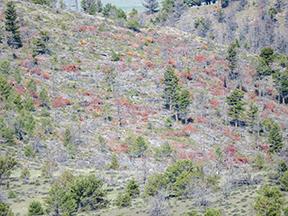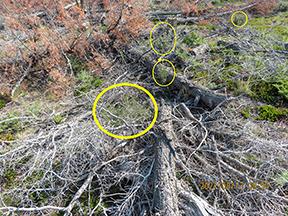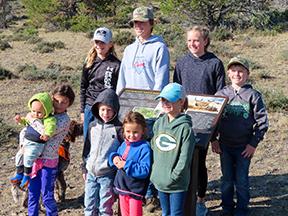Related Stories
- BLM Arizona Strip District volunteer immerses visitors in stories of the West
- On the Arizona Strip, Now is the Time for Fire and Fuels Work
- Aerial Sagebrush Seeding Helps Restore Robertson Draw Fire Burn Area
- Aerial sagebrush seeding helps restore Robertson Draw Fire burn area
- Celebrating volunteers across the Colorado River District




